Embroidery digitizing has revolutionized the way designs are translated onto fabric, offering precision and efficiency like never before. Whether you’re a seasoned embroiderer or just dipping your toes into the world of needlework, understanding the cost of embroidery digitizing is essential for budgeting your projects effectively. In this comprehensive guide, we’ll delve into the various factors that influence embroidery digitizing cost, helping you navigate pricing structures and find the best deals tailored to your needs.
What is Embroidery Digitizing?
Embroidery digitizing is the process of converting artwork or designs into a digital format that an embroidery machine can interpret. It involves creating stitch files that dictate how the machine will embroider the design onto fabric. This process is crucial for achieving precise and high-quality embroidery results.
Factors Affecting Embroidery Digitizing Costs
Several factors influence the cost of embroidery digitizing:
Complexity of the Design
More intricate designs with fine details or multiple colors require advanced digitizing techniques, which can increase the embroidery digitizing cost.
Size of the Design
Larger designs typically require more stitches and, therefore, more time to digitize, resulting in higher costs.
Number of Stitches
The number of stitches in a design directly correlates with the time and effort required for digitizing, impacting the overall embroidery digitizing cost.
Turnaround Time
Urgent or rush orders may incur additional fees to prioritize the Embroidery digitizing process and meet tight deadlines.
Digitizing Software Used
Digitizers may use different software with varying capabilities and costs, which can affect pricing.
Average Embroidery Digitizing Cost Range
Embroidery digitizing costs can vary widely depending on the complexity of the design and the digitizing service provider. On average, prices fall within the following ranges:
- Low-End Pricing: $10 – $30
- Mid-Range Pricing: $30 – $100
- High-End Pricing: $100+
Breakdown of Embroidery Digitizing Costs
Initial Setup Costs
Software and Equipment
Investing in digitizing software and embroidery machines can incur significant upfront costs for businesses looking to digitize designs in-house.
Embroidery Digitizing Services
Outsourcing Embroidery digitizing to professional services involves paying for each design digitized, typically based on the complexity and stitch count.
Per-Design Costs
Design Complexity Surcharge
Complex designs may incur additional charges beyond the base embroidery digitizing cost to account for the extra time and expertise required.
Stitch Count Charges
Some digitizing services charge per thousand stitches, meaning designs with higher stitch counts will cost more to digitize.
Rush Fees
Projects requiring expedited turnaround times often come with rush fees, which can significantly increase the overall cost of digitizing.
Understanding Different Pricing Models of Embroidery digitizing
Embroidery Digitizing service providers may offer different pricing models to accommodate various customer needs:
Flat Rate Pricing
Some Embroidery digitizers charge a flat rate for digitizing, regardless of the design complexity or size.
Per Stitch Pricing
Others may charge per stitch, which means the final Embroidery Digitizing cost is determined by the total number of stitches in the design.
Additional Fees
Additional fees may apply for rush orders, edits or revisions, and design modifications.
Tips for Finding Affordable Embroidery Digitizing Services
To find affordable digitizing services without compromising on quality, consider the following tips:
- Research Multiple Digitizers: Compare prices and reviews from different digitizing service providers.
- Request Quotes and Samples: Ask for quotes and samples to evaluate the quality and pricing before making a decision.
- Consider Bundled Services: Some digitizers offer discounts for bulk orders or bundled services such as digitizing and embroidery.
- Negotiate for Bulk Orders: Negotiate pricing for large or recurring orders to secure better deals.
Tips for Minimizing Embroidery Digitizing Costs
Simplify Designs
Simplifying designs by reducing complexity and color variations can help minimize digitizing costs. Opting for cleaner, more straightforward designs can result in lower stitch counts and faster digitizing times.
Optimize Stitch Count
Optimizing stitch count by eliminating unnecessary details or using techniques like underlay stitching can reduce the overall cost of digitizing while maintaining design quality.
Plan Ahead to Avoid Rush Fees
Planning ahead and providing ample lead time for digitizing projects can help avoid rush fees associated with expedited turnaround times. By scheduling projects in advance, businesses can save on additional costs.
Explore DIY Digitizing Options
For businesses with ongoing digitizing needs, investing in training and software to digitize designs in-house can be a cost-effective long-term solution. DIY digitizing allows for greater control over costs and eliminates outsourcing fees.
Quality vs. Cost Trade-off
While cost is an important factor, it’s crucial to balance affordability with quality:
- Importance of Balancing Quality and Cost: Opting for the lowest-cost digitizing service may result in poor quality embroidery, affecting the final outcome.
- Risks of Opting for Extremely Low-Cost Services: Extremely low-cost digitizing services may use automated software or skip essential steps, leading to inaccurate designs or stitching issues.
Case Studies: Cost Examples
Consider the following examples to understand how different factors impact embroidery digitizing costs:
Example 1: Simple Logo Embroidery Digitizing Cost
A small, simple logo with minimal details may cost around $20 to $50 for Embroidery digitizing.
Example 2: Complex Design Digitizing
A large, intricate design with multiple colors and fine details could cost $100 or more for digitizing.
Why is Digitizing So Expensive?
In today’s digital age, businesses are increasingly turning to digitization to streamline operations, enhance customer experiences, and stay competitive in a rapidly evolving market. However, one common hurdle that organizations face is the significant expense associated with digitizing their processes and systems. In this article, we delve deep into the intricacies of why digitizing is so expensive, exploring the various factors that contribute to this cost and providing valuable insights into navigating the challenges of digital transformation.
Choosing the Right Digitizing Service Provider
-
Reputation and Reviews
- Researching the reputation and reading reviews of digitizing service providers is essential.
-
Sample Work
- Requesting samples of previous work can help assess the quality and precision of digitizing services.
-
Customer Support
- Evaluate the responsiveness and helpfulness of customer support teams.
-
Pricing Transparency
- Choose providers with transparent pricing structures and no hidden fees.
Conclusion
In conclusion, the embroidery digitizing cost varies based on several factors, including design complexity, size, and digitizing techniques. By understanding these factors and exploring different pricing models, individuals and businesses can find affordable digitizing services without compromising on quality. Remember to prioritize quality over cost to ensure the best results for your embroidered products.
FAQ’s About Embroidery Digitizing Cost
How much does it cost to digitize embroidery?
The cost to digitize embroidery can vary depending on several factors such as the complexity of the design, the stitch count, turnaround time, and the digitizing service provider. On average, you can expect to pay anywhere from $10 to $100 or more per design. However, more intricate designs with finer details or multiple colors may incur higher costs due to the additional time and expertise required for digitizing. Additionally, rush fees for expedited turnaround times can significantly increase the overall cost of digitizing. It’s essential to consider these factors and discuss pricing options with digitizing service providers to get an accurate estimate based on your specific needs.
What are some strategies for reducing digitization costs?
Some strategies for reducing digitization costs include prioritizing investments based on business impact, leveraging open-source technologies and cloud-based solutions, negotiating favorable vendor contracts, optimizing internal processes for efficiency, and fostering a culture of innovation and cost-consciousness.
How can organizations justify the expense of digitization?
Organizations can justify the expense of digitization by focusing on the long-term benefits, such as improved productivity, enhanced customer experiences, competitive advantage, and future scalability. By quantifying the return on investment and aligning digitization efforts with strategic business goals, organizations can make a compelling case for investment.
What are the risks of not digitizing?
The risks of not digitizing include falling behind competitors, inefficient and error-prone manual processes, limited scalability and agility, higher operational costs, increased security vulnerabilities, and inability to meet evolving customer expectations. Embracing digitization is essential for staying relevant and resilient in today’s digital economy.
How can organizations ensure the success of digitization initiatives?
Organizations can ensure the success of digitization initiatives by establishing clear goals and objectives, securing executive sponsorship and leadership buy-in, engaging stakeholders throughout the process, fostering a culture of innovation and collaboration, investing in robust technology solutions and talent development, and continuously monitoring and adapting strategies based on feedback and performance metrics.
What role does data play in digitization?
Data is the lifeblood of digitization, driving insights, decision-making, and innovation. Effectively capturing, analyzing, and leveraging data is essential for optimizing processes, personalizing experiences, and gaining competitive advantage in today’s data-driven economy.

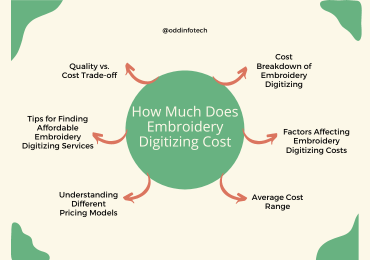
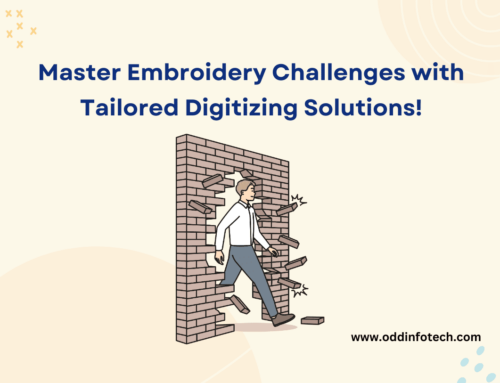
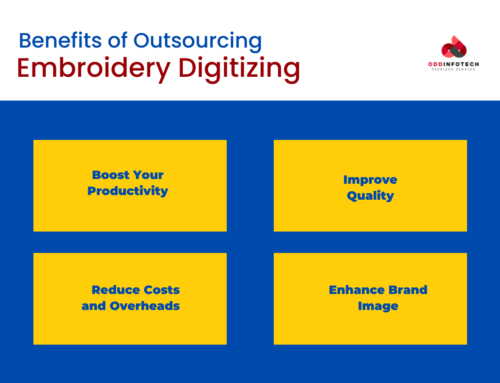
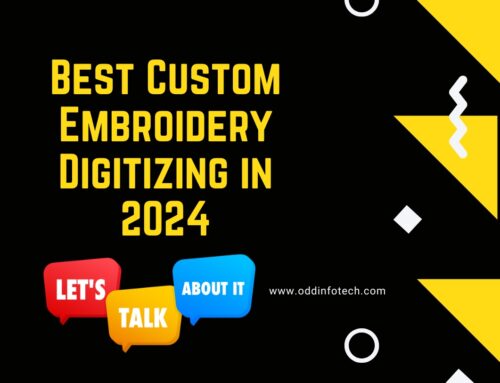
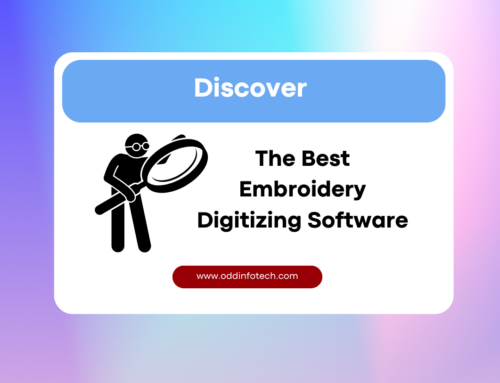

Leave A Comment